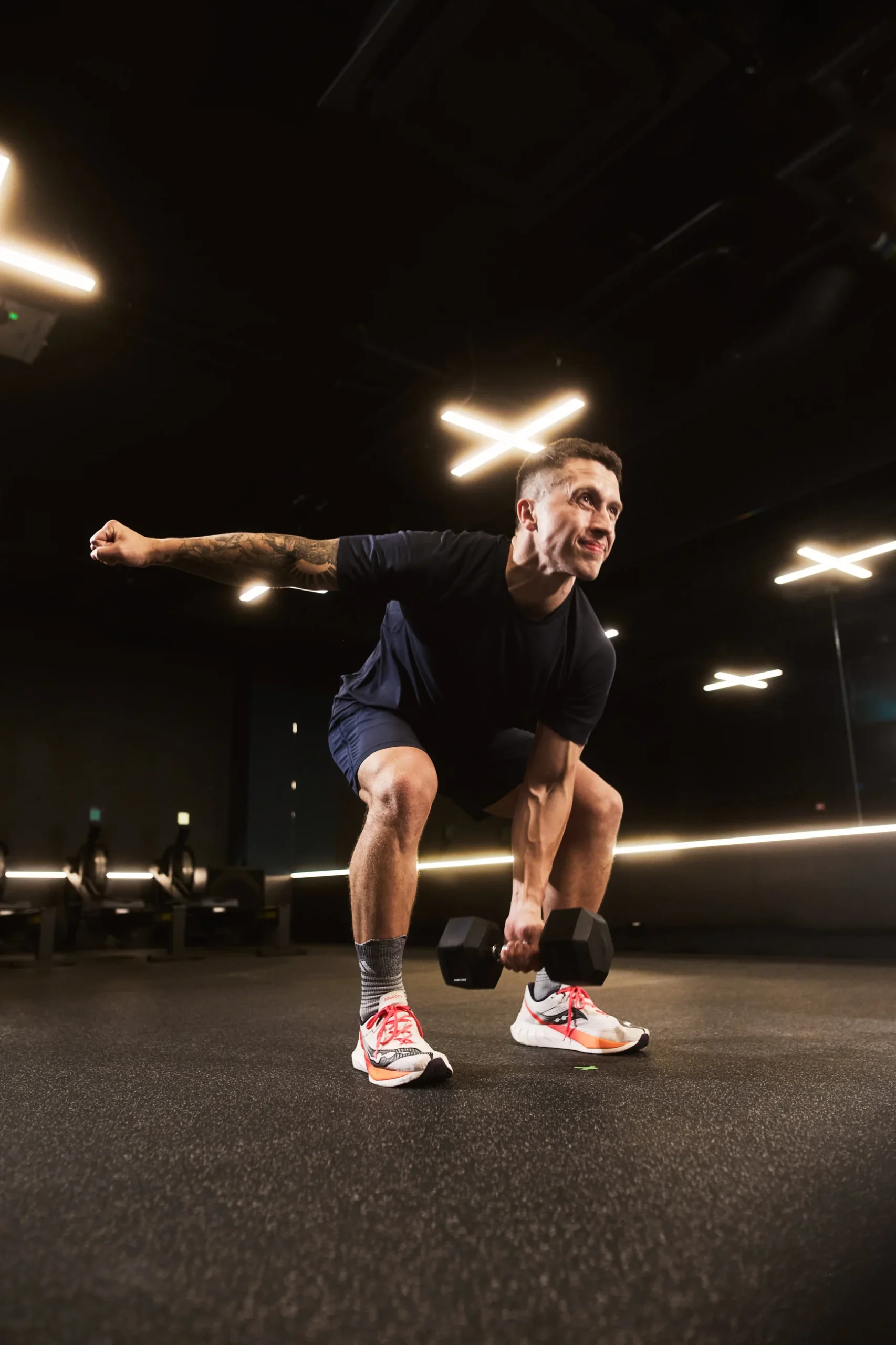- Linkedin Share
- Twitter Tweet
- Email Share
- Copy link Copy link Copied to clipboard
Injury-free running starts from the ground up — literally. Your feet and ankles are the foundation of every stride. Giving them the care they deserve is essential for both performance and long-term health. Whether you’re training for your first 5K or your next marathon, following this expert guide will help keep you running strong and injury-free.
Step 1: Prioritise Foot and Ankle Health
Running is fantastic for cardiovascular fitness, but the repetitive impact can take a toll on your feet and ankles. Strong, flexible feet and ankles are key to preventing common injuries like plantar fasciitis, Achilles tendinitis and shin splints. Regularly strengthening and mobilising the tendons and ligaments in these areas will enhance your resilience, reducing the risk of pain and inflammation.
Step 2: Strengthen with Targeted Exercises
Incorporate these foot and ankle exercises into your routine to boost stability and protect against injury:
-
Tiptoe Walks: Improve ankle strength and relieve toe tension. Walk on your tiptoes for 20-30 steps.
-
Calf Raises: Build strength in your Achilles tendon and improve ankle mobility. Stand with feet hip-width apart, rise onto your toes, and slowly lower.
-
Single-Leg Squats: Enhance balance and adaptability to different running surfaces. Stand on one leg, squat, and extend the other leg forward.
-
Heel-to-Toe Rolling: Roll your foot over a small ball or with your hands to release plantar fascia tension.
-
Heel Walking: Walk on your heels for 20-30 steps to stretch your calves and improve ankle dorsiflexion.
-
Toe Curls: Strengthen intrinsic foot muscles by curling and spreading your toes, holding for 10 seconds. Repeat 10 times.
-
Jumping Barefoot: Jump barefoot five times daily to strengthen foot elasticity and build plantar fascia strength.
By dedicating just a few minutes each day to these exercises, you’ll protect yourself from common overuse injuries and keep your feet and ankles in peak condition.
Step 3: Choose the Right Footwear
Footwear plays a critical role in injury prevention and is often overlooked. Here’s how to select the right running trainers:
-
Replace your trainers every 12-18 months, or sooner if they show signs of wear.
-
Speak to an expert — most running shops offer complimentary gait analysis to help assess your running style to find the most suitable footwear. They often recommend trainers that are half a size larger than your usual size to allow for foot expansion during exercise.
-
Choose trainers with a supportive heel and a wide forefoot to reduce pressure on the toes.
Wearing the right trainers for your feet and running style will significantly improve your comfort and reduce the risk of stress-related injuries.
Step 4: Adopt a Footcare Routine
Healthy feet are the foundation of every run, and a regular footcare routine can make all the difference. Here are a few essential tips:
-
Moisturise daily: Keep your skin hydrated with a foot cream to prevent dryness and cracks.
-
Keep your feet clean and dry: After running, wash and thoroughly dry your feet to avoid fungal infections. Pay special attention between your toes.
-
Exfoliate regularly: Gently remove hard skin to prevent the build-up of calluses, which can cause discomfort.
Caring for your feet isn’t just about aesthetics — it’s an investment in performance and long-term health.




